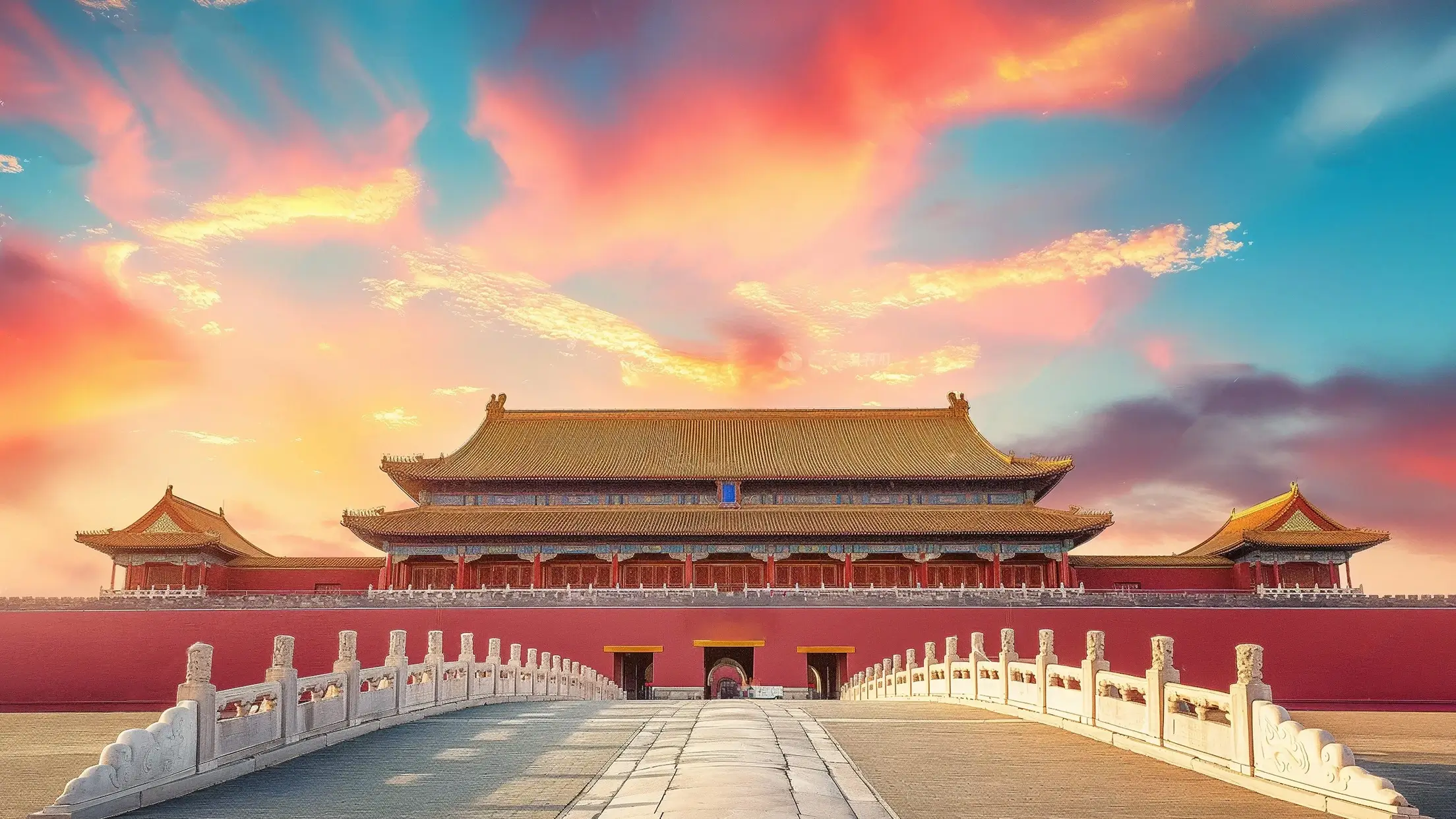Kanas Lake Travel Guide: How to Explore Xinjiang’s Hidden Gem

Intro & Tourist Map
Nestled in the Altai Mountains of Xinjiang, Kanas Lake is a breathtaking alpine destination famed for its turquoise waters, dense forests, and mythical legends. Whether you’re a nature lover, photographer, or adventure seeker, this guide covers everything you need to plan your trip, including transportation, weather, itineraries, and tips.
Essential Tips for Visitors
- Altitude Awareness: Kanas Lake sits at 1,370 meters. Stay hydrated and avoid strenuous activity if prone to altitude sickness.
- Pack Smart: Bring layers, waterproof gear, and sturdy shoes. Winters require heavy jackets.
- Cash & Connectivity: Carry cash (CNY) for remote areas. Limited English is spoken; download a translation app.
- Permits: Foreign travelers may need a Xinjiang Travel Permit – check requirements beforehand.
- Eco-Friendly Travel: Respect nature; avoid littering or disturbing wildlife.
Transportation Options
Nearest Airport
The closest airport is Kanas Airport (KJI), located 50 km from the lake. Direct flights operate from Urumqi (1.5 hours). From the airport, take a shuttle bus or taxi to the lake (1 hour).
By Taxi:
The nearest major railway station is in Urumqi. From there, take a long-distance bus or private car to Burqin County (8–10 hours), then transfer to Kanas Lake (2 hours).
Weather & Best Time to Visit
Recommended Itinerary
Related Attractions
The Mutianyu Great Wall Travel Guide
Mutianyu Great Wall is one of the most beautiful and well – preserved sections of the Great Wall. The wall here has a unique “V – shaped” structure in some parts, which is both a defensive feature and a visual spectacle.
Visit Beijing Universal Studios
Beijing Universal Studios is a world-class theme park that combines the magic of movies with thrilling rides and immersive experiences. If you’re planning a visit to this exciting destination, this travel guide will help you make the most of your time and have an unforgettable adventure.
Temple of Heaven
The Temple of Heaven, a UNESCO World Heritage Site, is one of Beijing’s most iconic cultural landmarks. Built in the 15th century during the Ming Dynasty, this ancient complex served as a sacred site where emperors prayed for good harvests and divine blessings.



